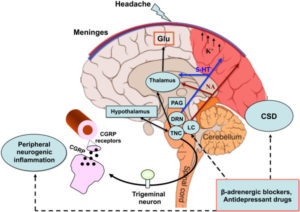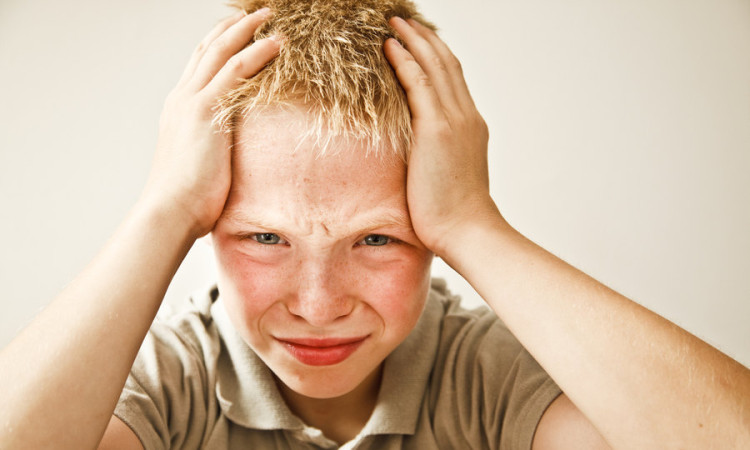
Headaches in children are common but may not be serious. Frequent headaches, worsening severity and associated symptoms like recurrent vomiting needs expert opinion. Also, headaches that interfere with daily activities must be treated. It is important to pay attention and keep track of the headaches and associated symptoms. Diagnosis can be made clinically and at times require MRI for more information.
There can be different types including migraine, stress related and chronic daily headaches. Treatment will be based on the type and cause of headache.
Childhood Migraine
What Symptoms Should I Look for in My Kids?
Generally, migraine pain may be accompanied by nausea and vomiting, sensitivity to light, sounds or odors, and your child may want to lie down in a dark room. Also, be alert about unusual depression or irritability in your child. People with chronic migraine, including children, are those who have migraine attacks at least 15 days per month. If he or she has experienced vomiting after a head blow or injury in sports or play, be on the lookout for evidence that he or she may have had a concussion.
Migraine Triggers
- Lack of sleep. This is certainly one trigger, especially in teens who tend to get two to three hours less sleep than their younger brothers and sisters. Too much sleep can also bring on a migraine.
- Diet.This means healthy eating but also not missing meals. Overall, the best diet is a healthy diet full of vegetables and fruits, and whole grains.
- Menstruation. Teenage girls may get more severe migraines just before or during their periods.
- Dehydration. Encourage your child to drink water.
- Stress. Worries about tests, family problems, bullying and teasing all affect young people.

Migraine can be familial
Migraine headaches tend to run in the family. Around 50% of children and adolescents who experience migraines have an immediate family member with migraine.
Migraines are different from headaches and require different treatments.
Get diagnosis and treatment
- Acute treatment is used to stop the pain and prevent the migraine from getting worse.
- Preventive treatment is maintained for months to reduce the frequency, severity, and duration of an attack and lessen the pain.
- Lifestyle modification & complementary treatment is non-medical approaches to reducing pain.
